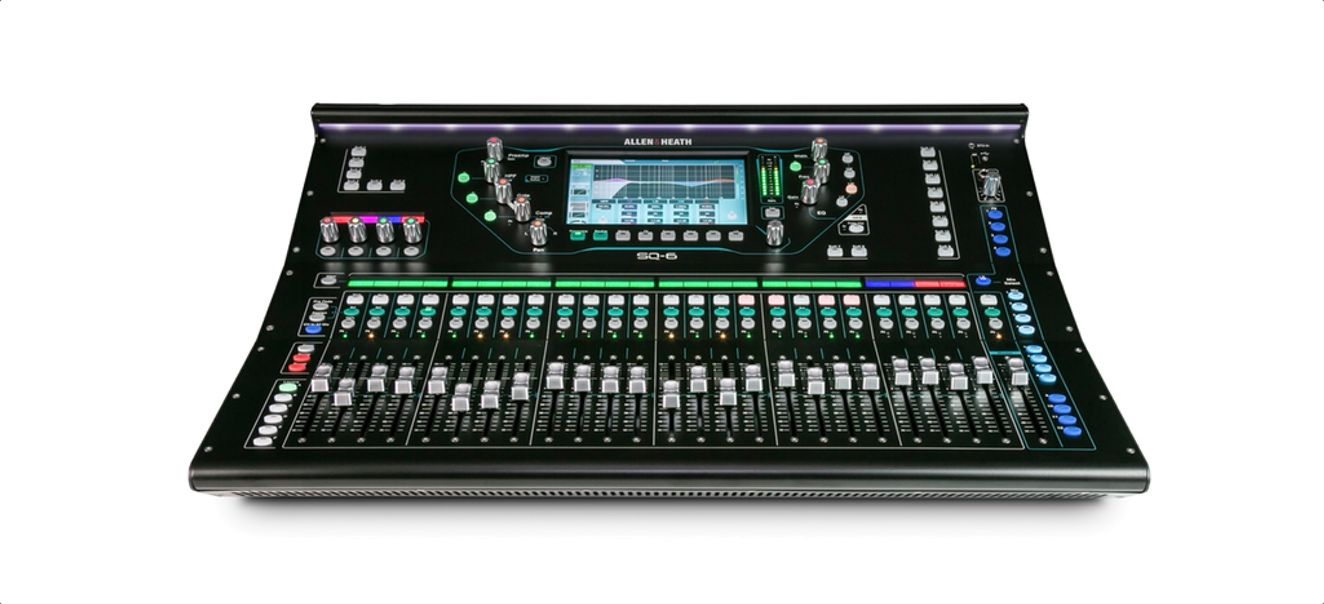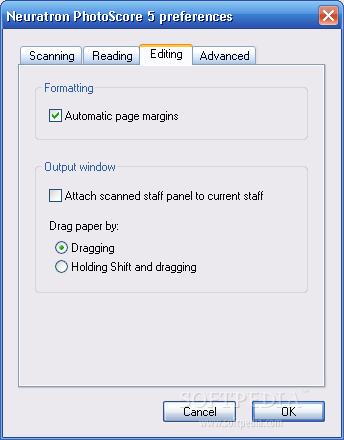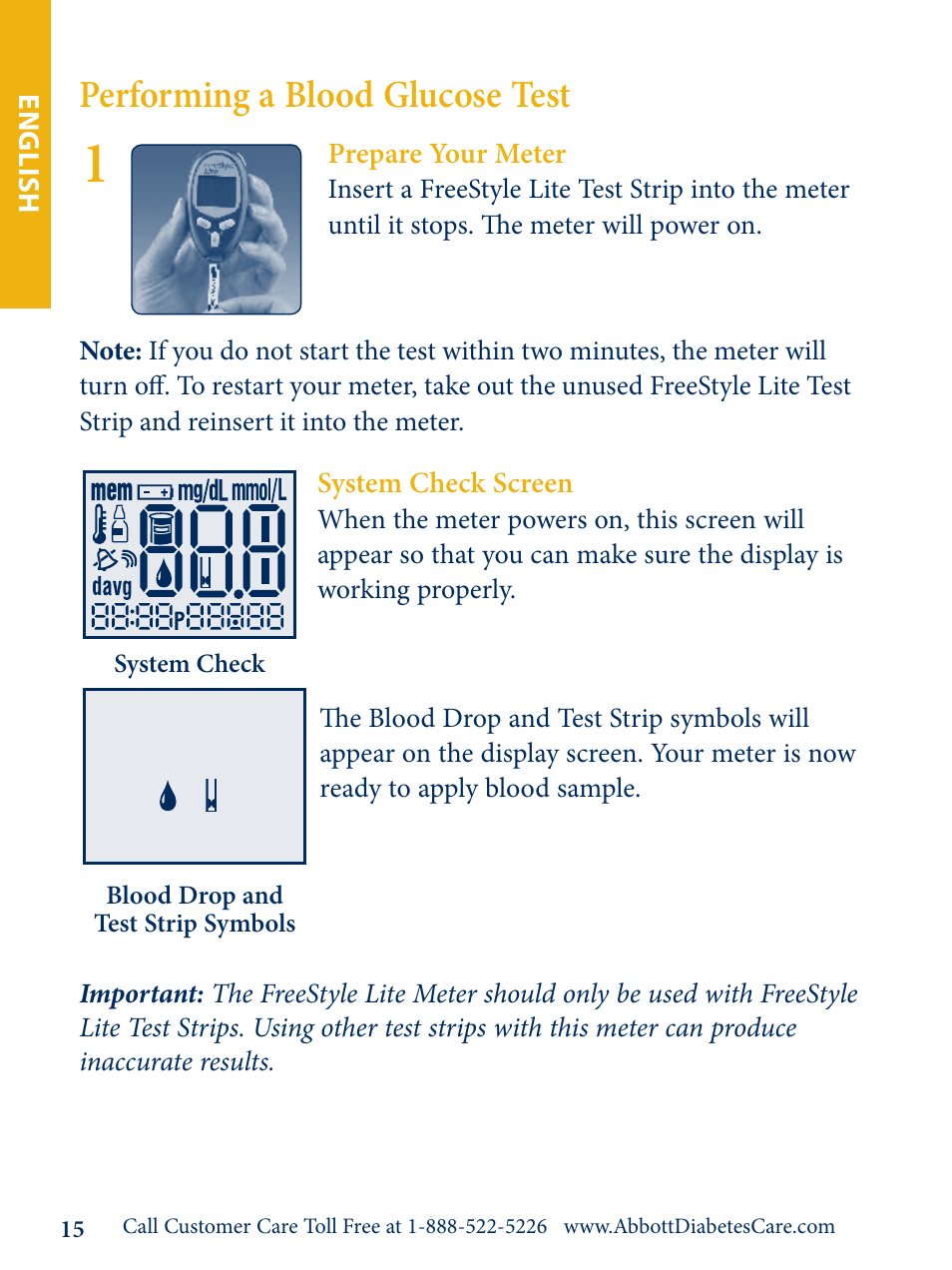

- #Photoscore lite instructions how to
- #Photoscore lite instructions full
- #Photoscore lite instructions software
- #Photoscore lite instructions mac
* Return is the large key to the right of the letter keys. * The numeric keypad is the rectangle of numbers and other characters at the very right-hand side of a full-sized computer keyboard. Some dialogs are divided into several pages and have a pop-up combo box (Mac), labeled tabs at the top, or a list box, which you can click to switch between pages of the dialog. 7Ĩ * A dialog is a window with buttons on. To finish dragging, just let go of the mouse button. * To drag something means to point at it with the mouse, and then click and hold the left mouse button (or the only mouse button on Mac) while moving the mouse. To right-click something means to point at it with the mouse and click the right mouse button. * On Windows, to click something means to move the mouse arrow over it and click the left mouse button.

* Similarly, Alt+click or z-click means hold down the Alt (Windows) or z (Mac) key and click. Similarly, for standard shortcuts like Ctrl+? or X?, you actually type Ctrl+/ or X/. Even though A is written as a capital letter, don t type Shift unless explicitly told to do so. * Type Ctrl+A or XA means hold down the Ctrl (Windows) or X (Mac) key and type A. Keyboard shortcuts are also shown in menus.
#Photoscore lite instructions mac
For the purposes of this Demo User Guide, these are the conventions: Mac symbol Mac name Windows equivalent X Command Ctrl ( Control ) x Shift Shift z Option Alt R Return Return (on main keyboard) E Enter Enter (on numeric keypad) * Sibelius is almost identical on Windows and Mac, but where there are differences, mainly in keyboard shortcuts, the Windows convention is listed first. Terminology This terminology will be understood by almost all readers, but as this User Guide will be incomprehensible without it, here goes anyway: * Some keys are labeled differently on different keyboards, particularly on Mac.

#Photoscore lite instructions how to
This User Guide assumes a basic understanding of how to use your computer (such as the mouse, keyboard, menus and files). After that we ll take you through some of Sibelius s most frequently-used operations in the Quick tour section, and finally we ll hint at some of Sibelius s more advanced features in More to try. This initial section, called Getting started, tells you basic information such as how to set up this demo to play back on your MIDI devices. The Sibelius demo CD also includes video walkthroughs for many basic operations. This isn t intended to be a comprehensive reference to using Sibelius, but it should help you become familiar with the main features of the program. 2ģ Contents Getting started 5 About this User Guide Further information What Sibelius does for you What s new in Sibelius Quick tour 15 Running for the first time Looking at a score Selecting and moving Playback Starting a new score Creating notes Scanning File conversion Special notations More to try Index 41 3ħ About this User Guide About this User Guide Warning! However much you may dislike manuals, you ll find it much easier to get started with your demo of Sibelius 3 if you read this User Guide thoroughly. All other trademarks are acknowledged as the property of their respective owners.
#Photoscore lite instructions software
Sibelius, the Sibelius logo, Scorch, Flexi-time, Espressivo, Rubato, Rhythmic feel, Arrange, ManuScript, Virtual Manuscript Paper, House Style, SoundStage, Opus, Inkpen2, magnetic, multicopy, Optical, the blue and white notes and double helix logos,, The fastest, smartest, easiest way to write music and 99% inspiration, 1% perspiration are all trademarks or registered trademarks of Sibelius Software Ltd in the USA, UK and other countries. Although every care has been taken in the preparation of this User Guide, neither the publisher nor the authors can take responsibility for any loss or damage arising from any errors or omissions it may contain. This User Guide may not be reproduced, stored in a retrieval system or transmitted in any form or by any means electronic, recording, mechanical, photocopying or otherwise in whole or in part, without the prior written consent of the publisher. Please any suggestions for improvements to this User Guide or on-screen help to Sibelius copyright Sibelius Software Ltd and its licensors Sibelius Demo User Guide copyright Sibelius Software Ltd 2003 Published by Sibelius Software Ltd, The Old Toy Factory, City North, Fonthill Road, London N4 3HN, UK All rights reserved.
#Photoscore lite instructions full
See the About Sibelius dialog for a full list of the software development team and other credits. 2 Edition 3 September 2003 Demo User Guide written by Daniel Spreadbury and Ben Finn.


 0 kommentar(er)
0 kommentar(er)
